“…a tour of the senses does not logically proceed from vision to hearing to smell, taste and touch, but rather from stimulus to sensation to perception.” – John Henshaw, ‘A Tour of the Senses’
“Physical contact with an individual, could mean aggression or affection. Eye contact, on the other hand, could mean any number of things. Make eye contact with an animal, it’s territorial fight; with a human, it’s labyrinthine: ‘You amuse me, but I won’t sleep with you! You asshole – I love you! Eyes express what the brain perceives and the body is aware of.”– Raju Peddada, May 31, 2018, 8.00 pm
One of the many joys of photography is in the suddenness with which opportunities manifest in front of us. It would be utterly remiss of us, as photographers, to not cash in on such chances. During our wondrous and unforgettable visit with my daughter at the Malmstrom Air Force Base, in Montana, there unfolded many fascinating visual accidents. Here’s one such incident I want to share with the class. On the morning of July 14, 2012, I woke up early, showered, picked up my camera, and stood at the foot of the stairs to their bedroom, wondering if I should wake her and the kids up, after my son-in-law had already left for work. The moment I stepped on the first carpeted stair, I heard a quick shuffle, and the tinkle of metal. I thought nothing of it.
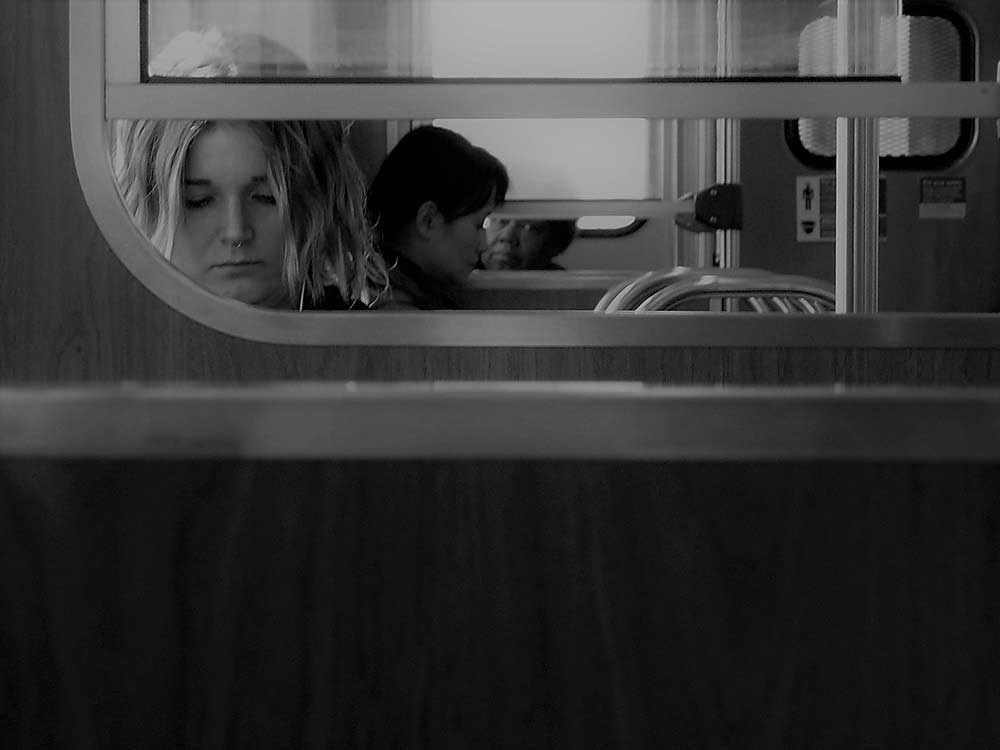
As I slowly climbed the stairs, I could see the bedroom door ajar to my left, up ahead. At the head of the stairs, I turned my digital camera on, and after about eight feet turned the corner and froze. Staring sternly at me, immobile, yet, ready to jump at my throat was their Malamut Husky: Saske, watching right over my daughter and her nursing son. A low deliberate growl woke my daughter up, as I slowly leveled my camera up, composed, and released the shutter. She then turned her head towards me and raspily whispered , “Good morning, dad…” Later, when having breakfast, it dawned on me, and I was astounded as to how bodily aware the dog was. That quick shuffle and tinkle of it’s metal tag on the collar was Saske getting into his protective position, the moment I had stepped on the first stair – which meant that it knew I was standing at the foot of the stairs – and, instead of barking, a low growl, so as not to disturb the nursing ritual.
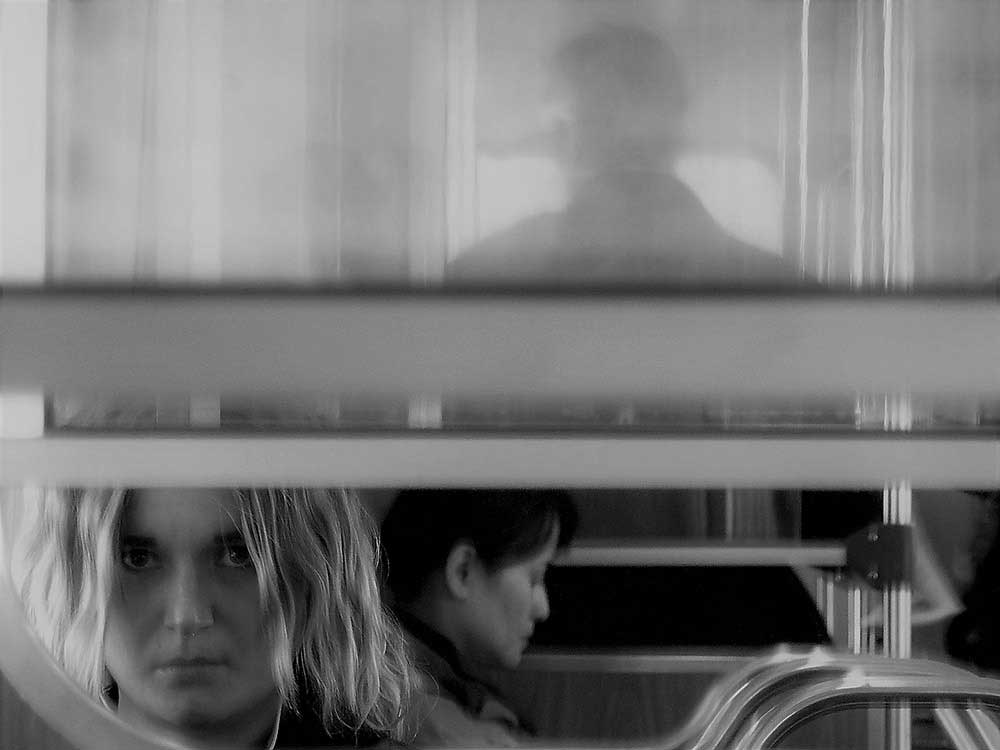
Later in the day, my daughter pointed to Saske’s bed on the patio, and said, “He had started coming up to our bedroom, the day after you guys had arrived.” In other words he did not trust the strangers, till they earned it. By the fifth day, Saske was snoozing with my boys, her visiting brothers downstairs through the night.
I discovered something that I would refer to as ‘oxymoronic serendipity’ – the photograph itself had provided its own caption: “Watchdog!” The dog’s awareness was intriguing – infinitely more developed than mine, ours. What is arresting is that a pair of eyes, not more than 3 inches apart set on the face, could incarcerate us, pierce our peace, our equilibrium, from afar, when we were least expecting it. Myteriously, we feel the eyes, even from distance, inducing us to turn around and make contact. By what mechanism does this happen – a study of the senses?
My awarness was fatally slower than the dog’s. I could not instantly decipher that shuffle and the tinkle of the collar, which meant that I could have been easily ambushed. How does one become aware or alert to such things? Was it photographer’s instinct, or something that has its basis in neural science? In his remarkable book, “A Tour of the Senses,” John Henshaw explicates our incredibly underappreciated sense organ, “…the Vestibular System, a miraculous little set of devices housed inside the skull that sense the motion of the body, and in particular, the head; this system enables us to balance ourselves.” This internal balance is referred to as proprioception: the unconscious perception of movement and spatial orientation arising from stimuli within the body itself – which is the mechanical sense of location and motion of the body – we respond better to other bodies in motion, when we are optimally balanced – a complex neural process.
The brain is about 2% of our body weight, yet it consumes 20% of all the energy the body combusts – and, it would consume more energy, if the eyes were able to transmit information at a denser rate.Even at the present rate, the eyes process enough data, especially, in the periphery as mere impressions, alerting us to a variety of conditions, static and kinetic. A photographer, gifted with ESP (extra-sensory-perception), and an OP (optimal proprioception), could receive signals on someone’s condition, in the fringes of his mind-sight – which would draw his or her attention to a possible situation.
In fact, ESP and OP form a vigorous aspect of intelligence training, but, it’s a debate as to whether it can be taught to a student or only the gifted ones are nurtured along. Without proprioception we are disabled. It’s a severe handicap, we lose all awareness, worse than blindness. Is it surprising that this ESP-OP tandem, is the very combination that catalyzes our thermogenic creativity – visual acuity?
Our proprioception and perception: a complex psychological blend of the past experience influencing what’s happening now is referred to as “remembering the present” are two faculties that act as our internal spectrometer, like the one NASA used in its Kepler project to detect habitable planets in solar systems light years away. How was this done? Well, they focus on a star and look for light fluctuations caused by an orbiting planet – that minute fluctuation in a constant spectrum of light being emitted revealed that the said sun or star had planet or planets orbiting it – like our own solar system. Similarly, when a constant source of light to our mind-sight periphery is disrupted, it makes us lift our heads up to see what had caused this – that is when we become, as a photographer, aware of all the possibilities – especially, in registering a condition. Remember that “Puddle jumper” by Henri Cartier-Bresson? He knew the subject’s intention, well before he took the leap, and was ready for it. Sensing, is seeing!
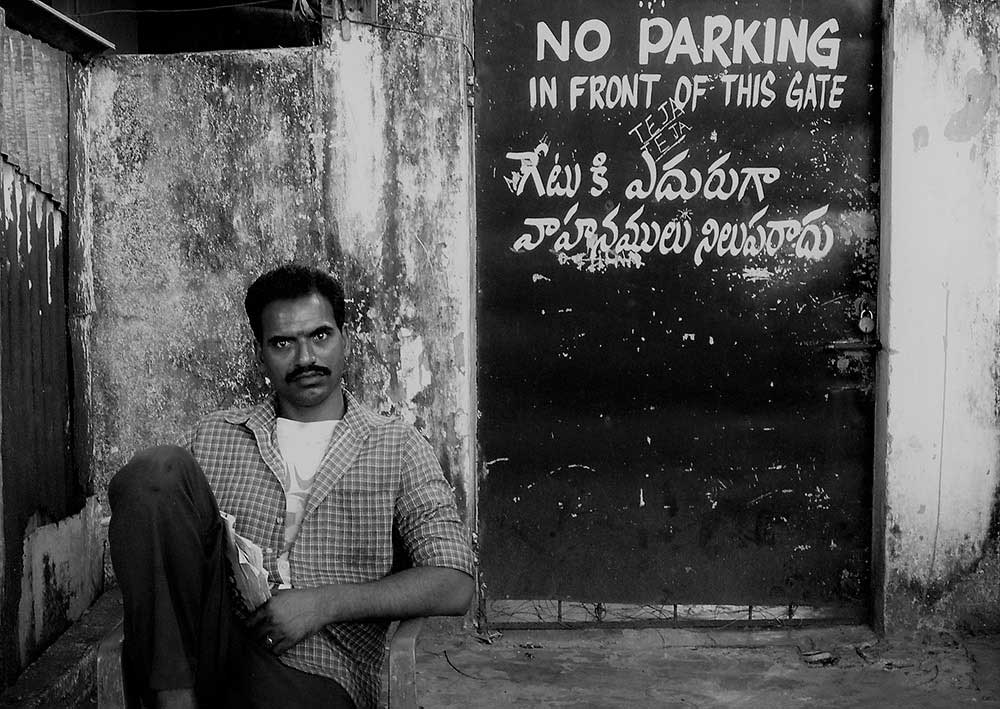
Eye contacts are the consequence of sensing, singular in nature, distinct as finger prints, but patterns remain the same. They reveal a variety of psychological conditions to the perceptive. You can see happiness or struggle, affluence or indigence, you can sense openness or secrecy, hostility or amity. To use the cliche, eyes are the windows to our inner beings – it takes an enormous amount of training to disallow our eyes from revealing much – however, they do betray us. Writers, quite often, rhetorically, stress that if they influenced, connected or resonated even with one reader, they’d consider it a success. Well, in photographic vernacular, just like a writer, if you can make eye contact with only one individual in large crowd, you have captured a metaphor.
In the last decade, I have developed my own guidelines, my proprietary template, on what makes a photograph of several people (gathering or a crowd) aesthetically sound, in terms of composition, eye contact, the anchor and face-display, the last factors being of crucial significance. The face-display by itself has several photographic facets: A. Back of the head; B. profile; C. three- quarters view; D. frontal view – the last three being critical to my template. In small groups of people, from five to ten individuals, 50% or more should be caught in B-C-D positions in relation to the lens. In other words, 50% or more should be in full frontal (not looking at the camera) three-quarters or profile views – this makes for a well balanced photograph.
It’s an interesting dynamic – a photograph of a gathering, a large crowd, without an eye contact is just bromide. But then, it takes only one entity’s eye contact in a room full of bobbing heads to turn that photograph into a statement, a metaphor: “I’m alone in a crowd!” and any number of interpretations, as in photographs numbered 5 and 6, at the Apple showrooms. Now, some photographs are aesthetically charged ambiguous palimpsests, appealing to our senses, especially, beauty, like numbers 21 and 22, even with the eye contact. Others, like 12, 13 and 13A are epigrammatic, as: “The inured and the inevitable,” that intrigue our intellect, than our sense of beauty. Take the photographs 1 and 2, taken on a commuter train – the eye contact in 1 represents curiosity, “Why, what?,” while in 2 the subject seems to accuse me of violating her privacy, “How dare you?” A look at 3 and 4 that I refer to as “Watchdogs” reveal, astonishingly, the same fierce protective mien across two different species. 8 And 8A are titled as the Virgin and the Vixen, both telegraph diabolical sexuality, “Come, get me!”
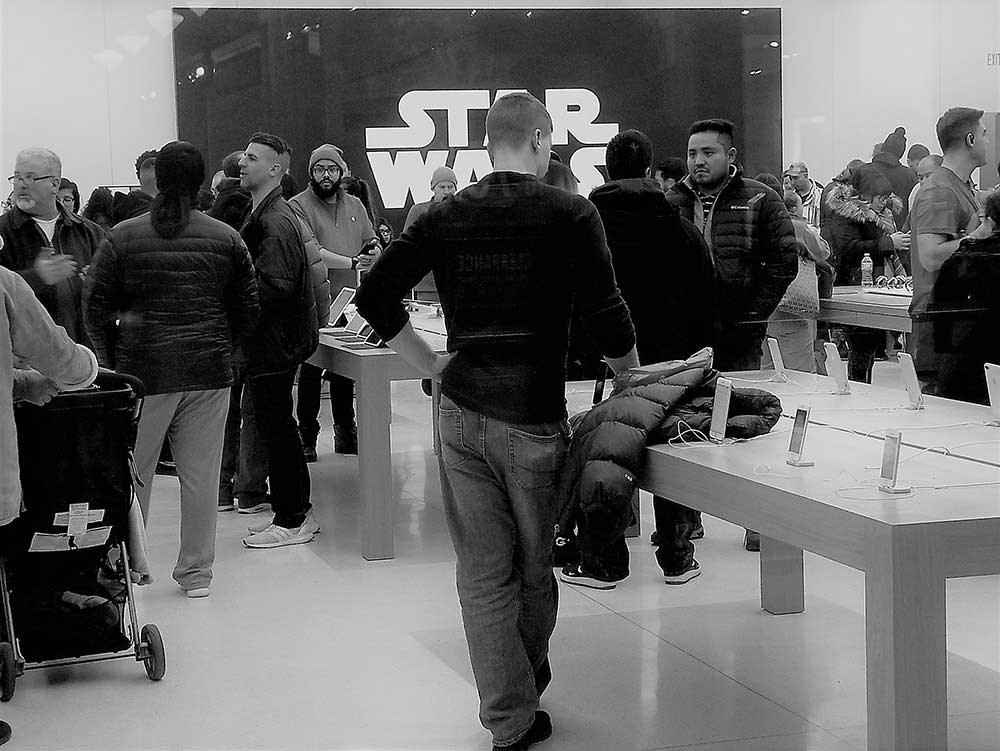
Photograph number 10 is loaded with inferences, one being: “We are happy in our patrician cells!,” The enigmatic smile in 11, seems to repress the carnivore inside. Photographs 9-14-15-16 were taken from moving a car and a train – I often wondered if I could ever locate them to find out how their lives had unfolded.There is a profound sense of longing, when I look at some people in these photographs – a sense intensified by a desire and speculation of whether the women in 9 could have been my best friend, a soul mate, perhaps. Photograph No. 17 has three reflections of the same person, but, the middle reflection seemed to be angled towards me, with eye contact, that seems to bark, “What do you want?” Take number 7, her eyes reflect the pride she has in her family. My boys, in numbers 19 and 20 represent that profound innocence and their infinite possibilities.
Eyes, are the threshold to our mind, and indeed, present infinite variables! Our eyes may look static, but, they never are, they are always moving, as screens of information, and as the streams of our conscience, that can be perceived from afar and even with no contact. This exploration was infinitely entertaining, especially, as the accidental narrative on how all our stories are essentially the same. [Copyright © Raju Peddada – All text and photograph Rights Reserved.]
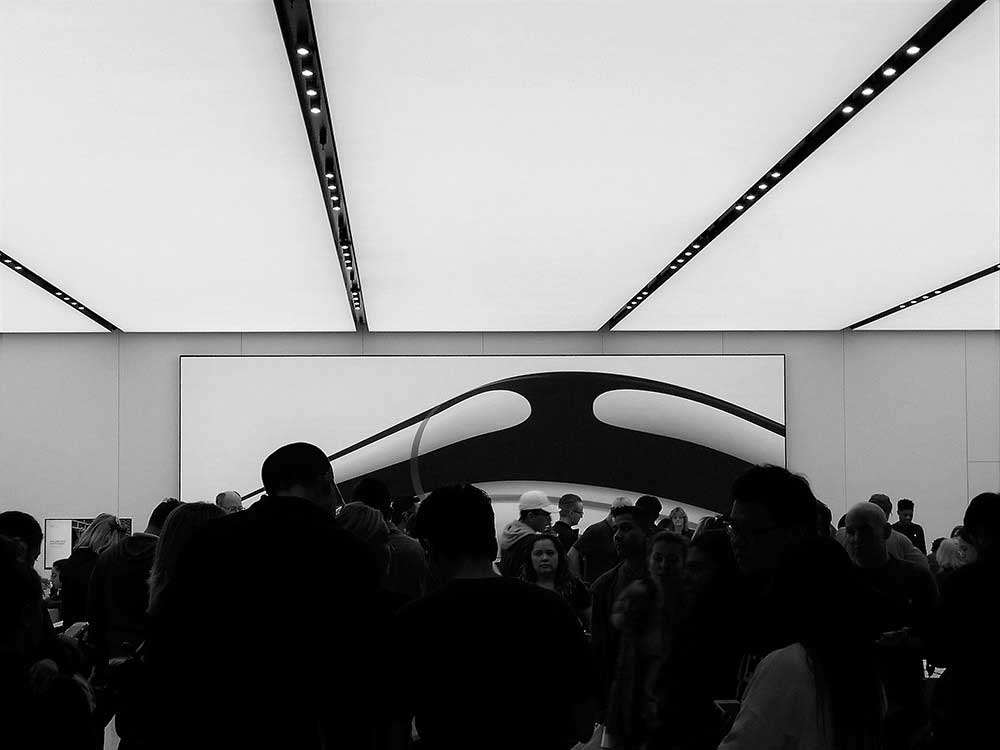
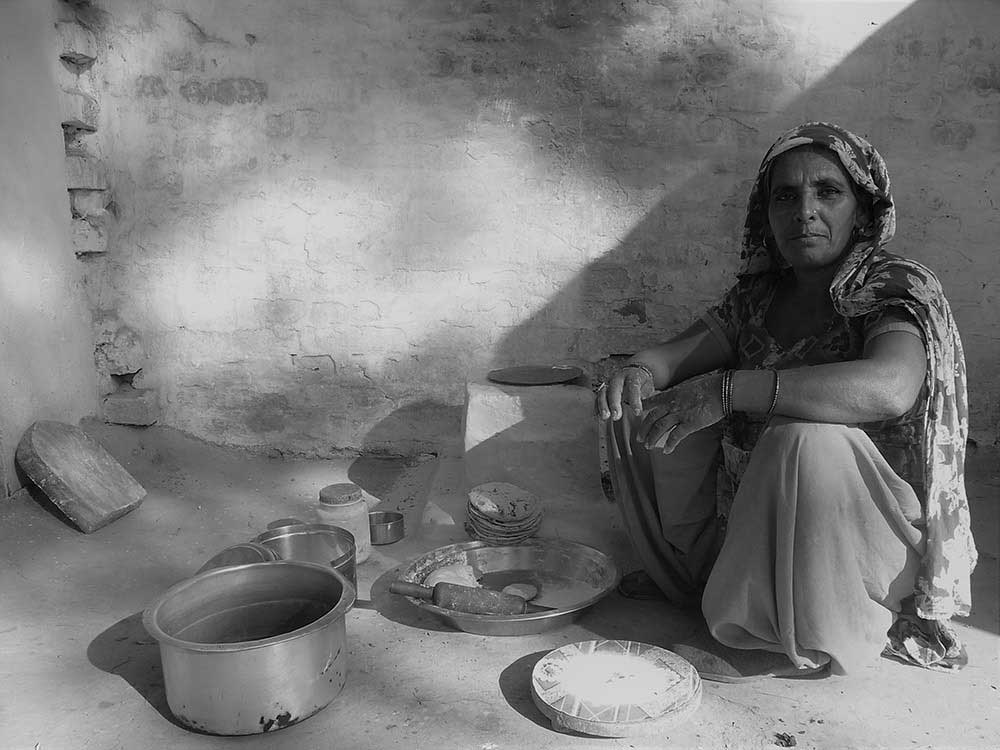
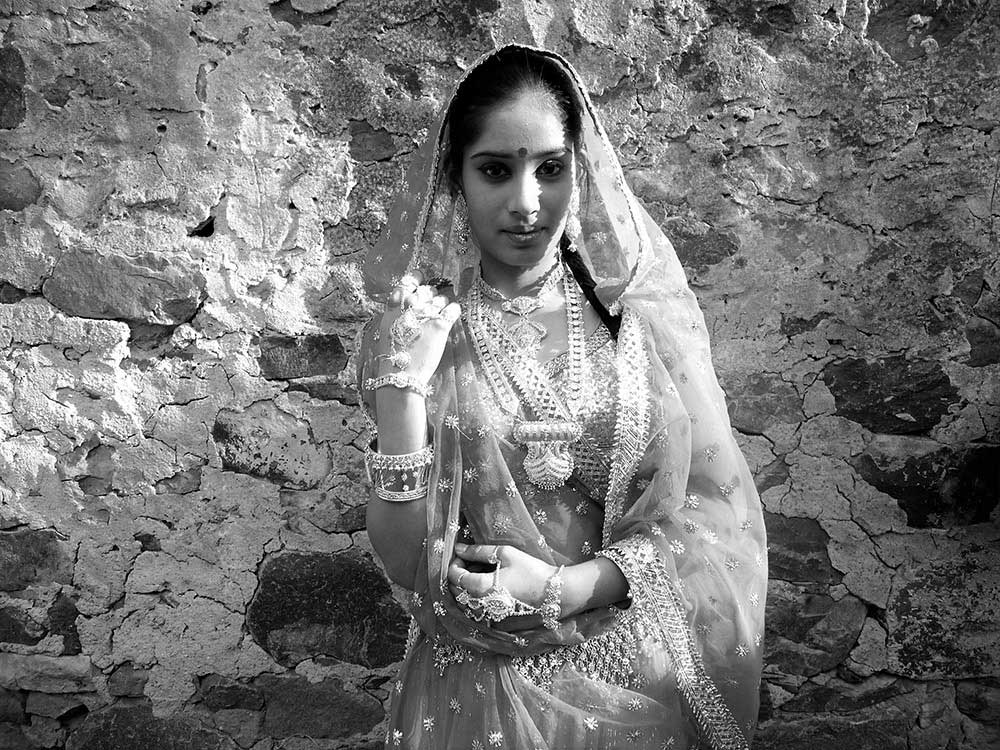

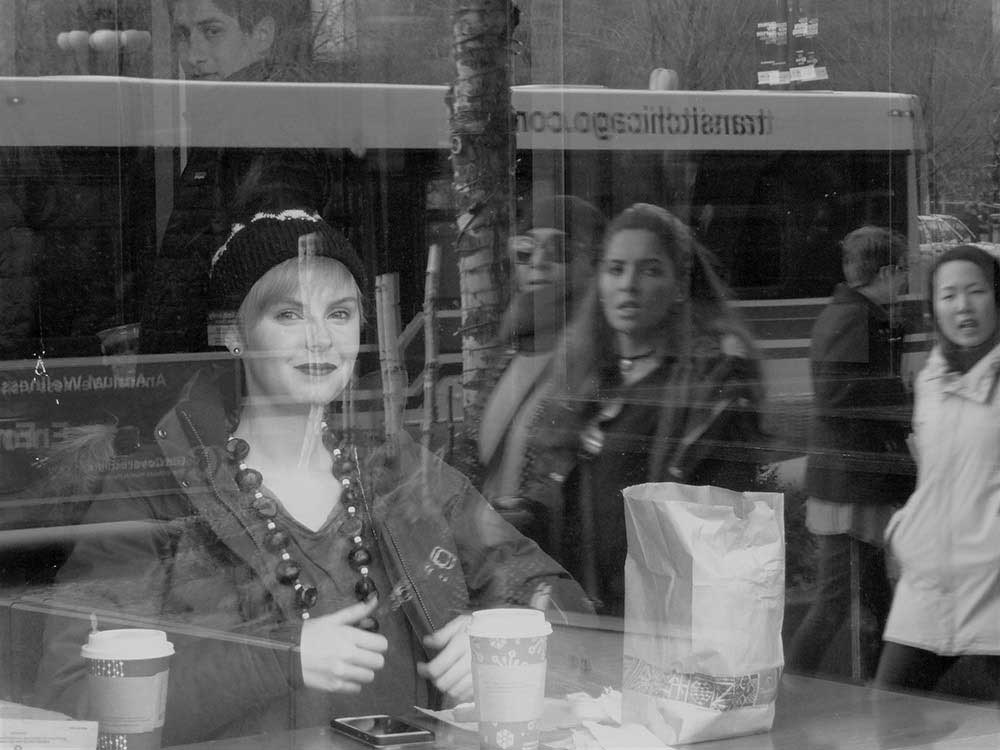
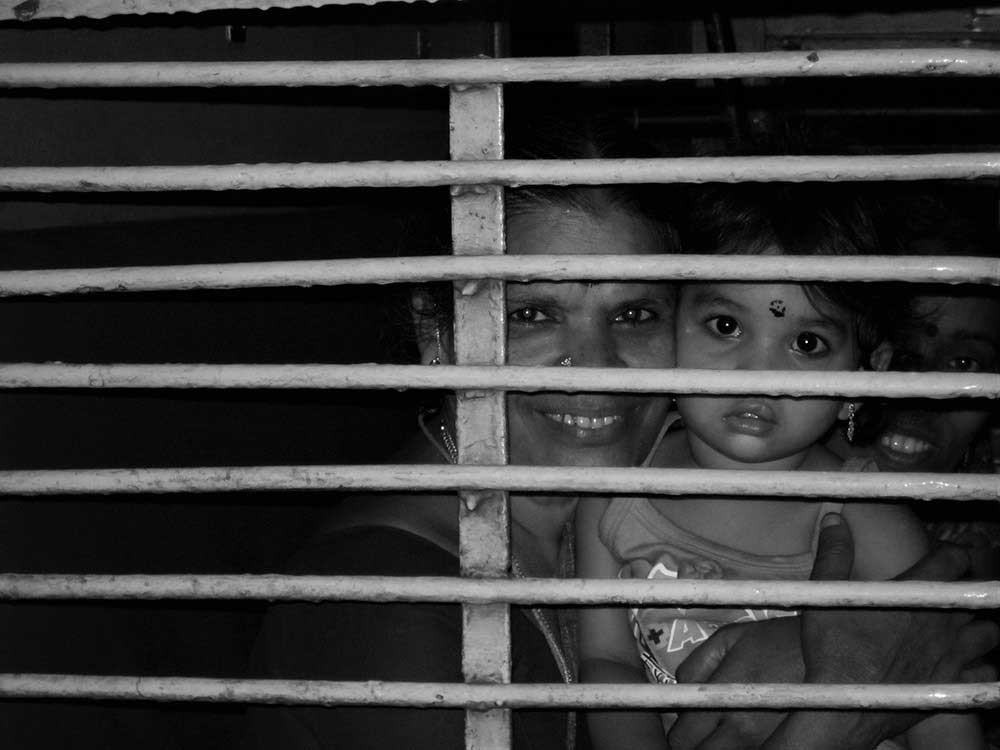
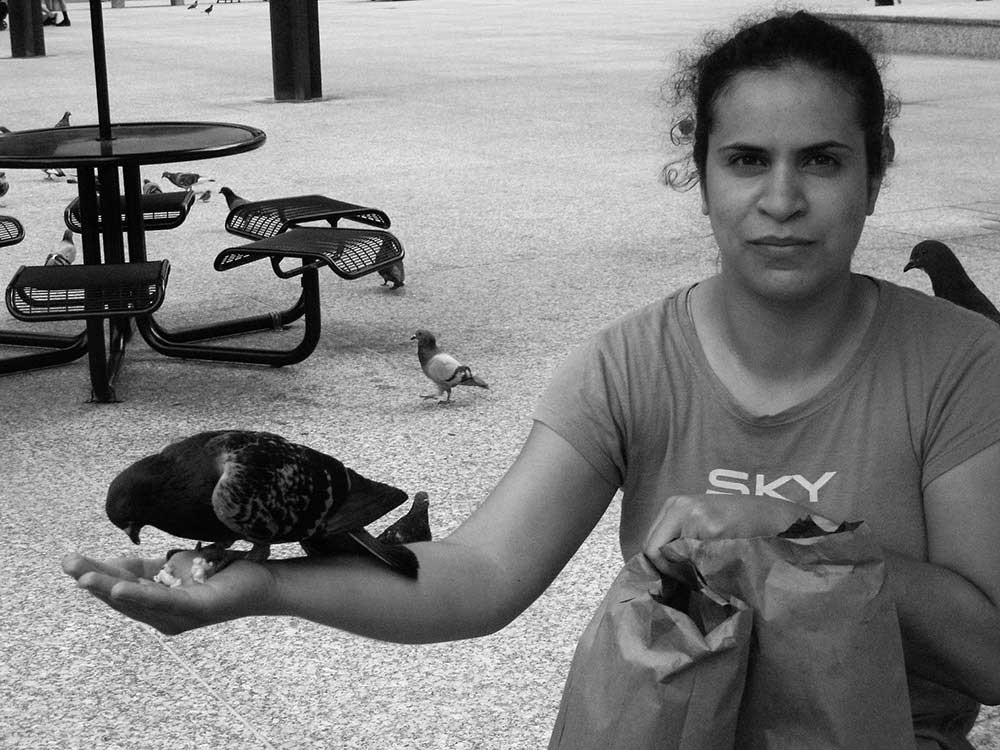
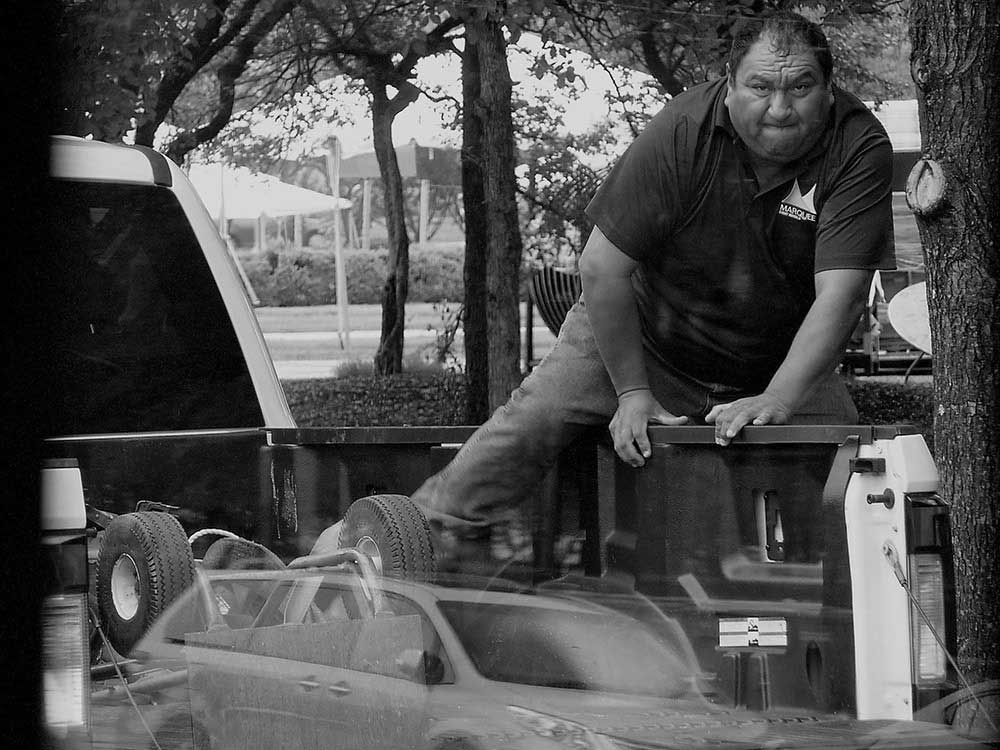

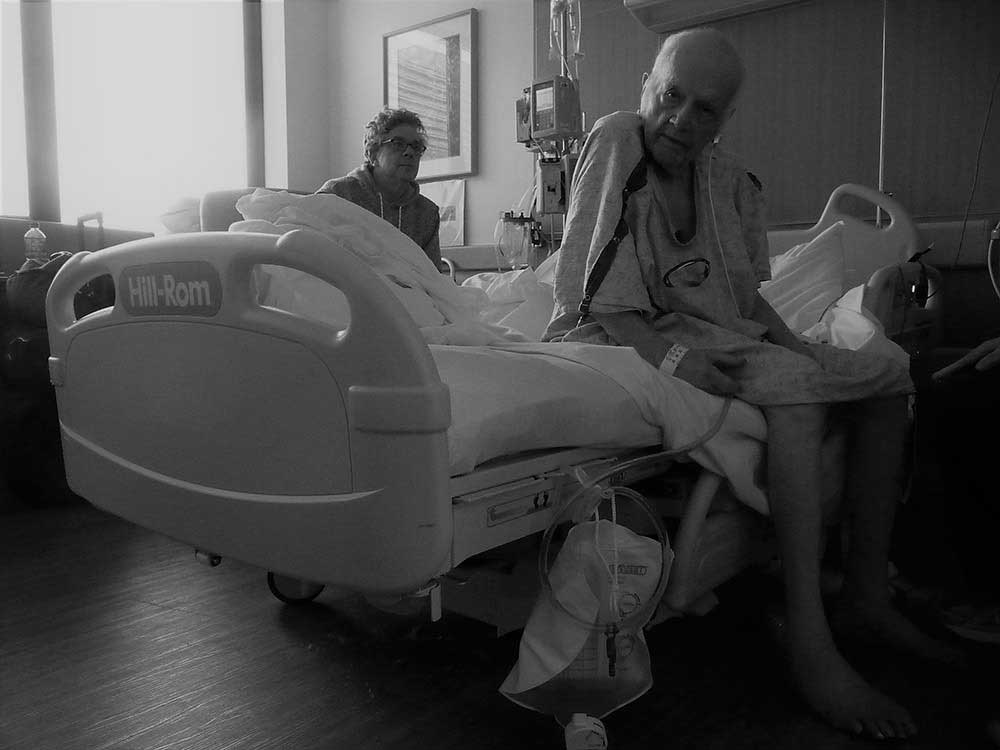
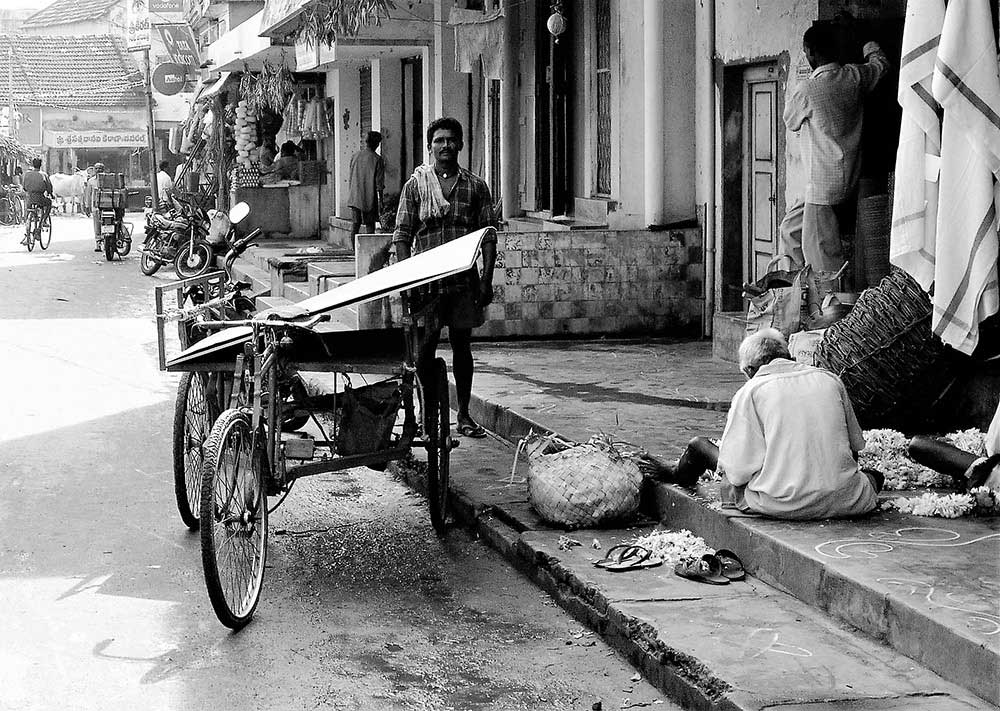
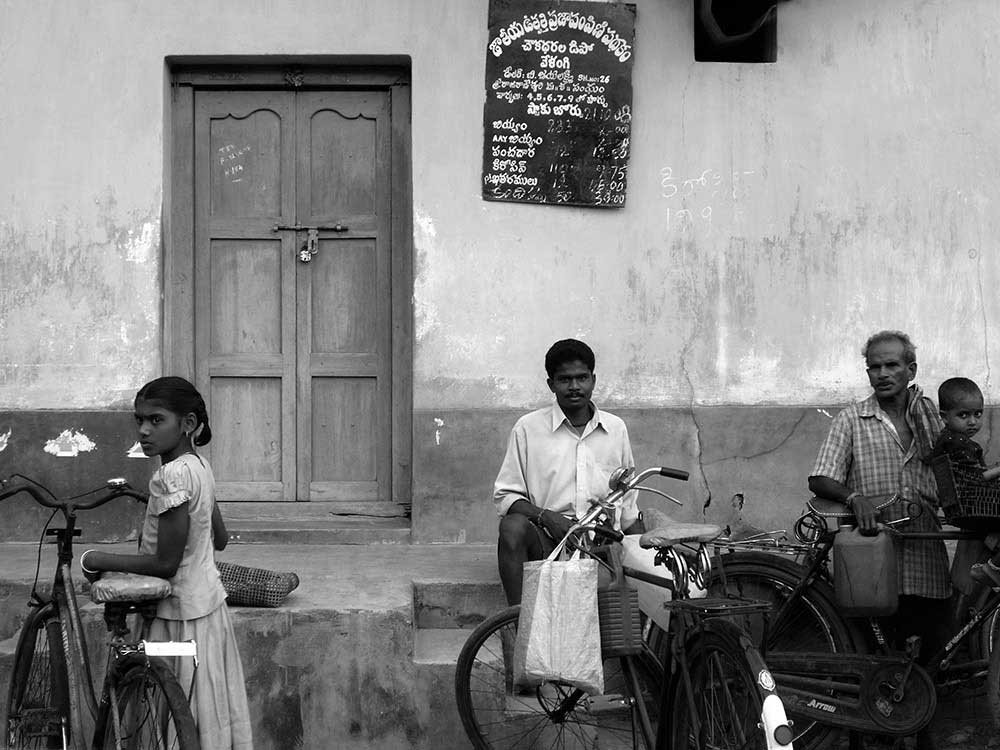

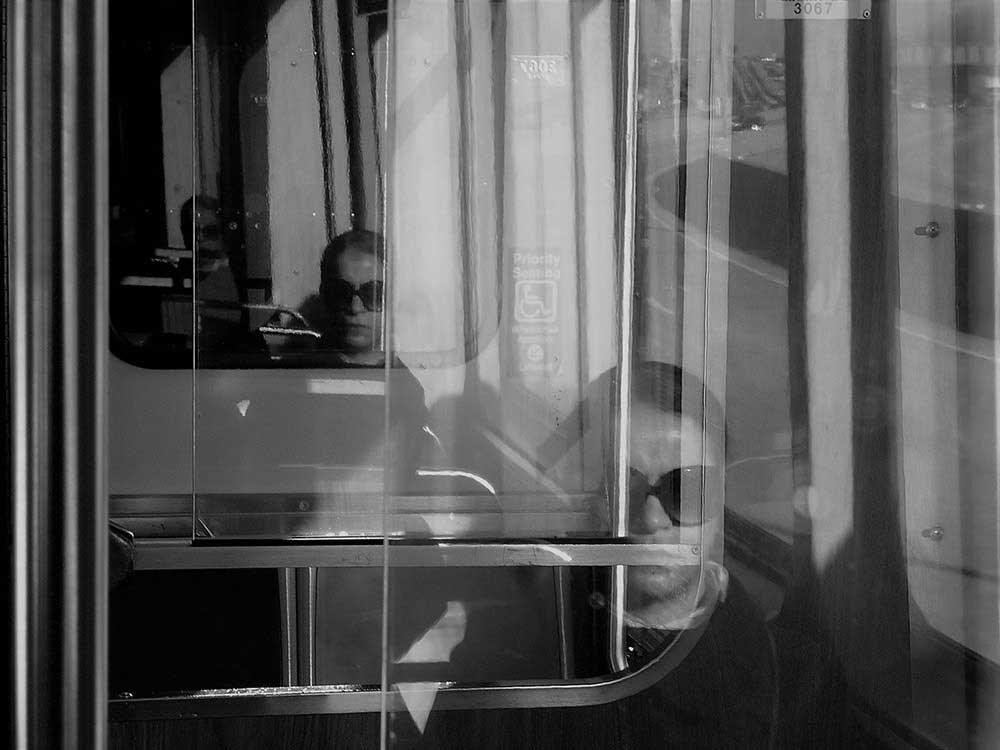
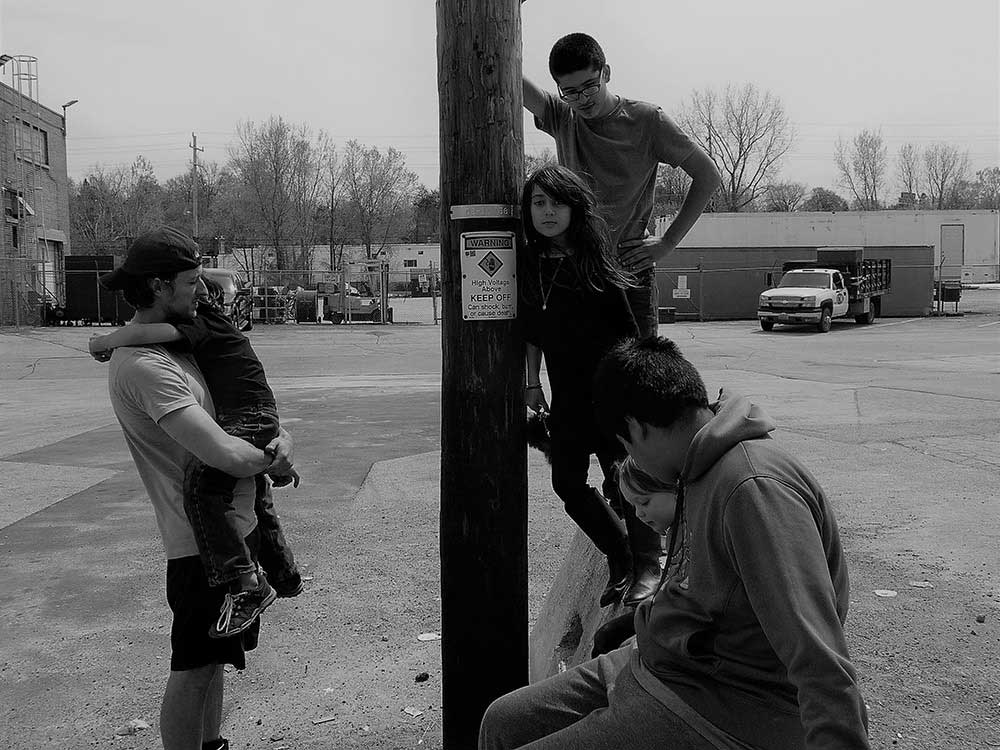
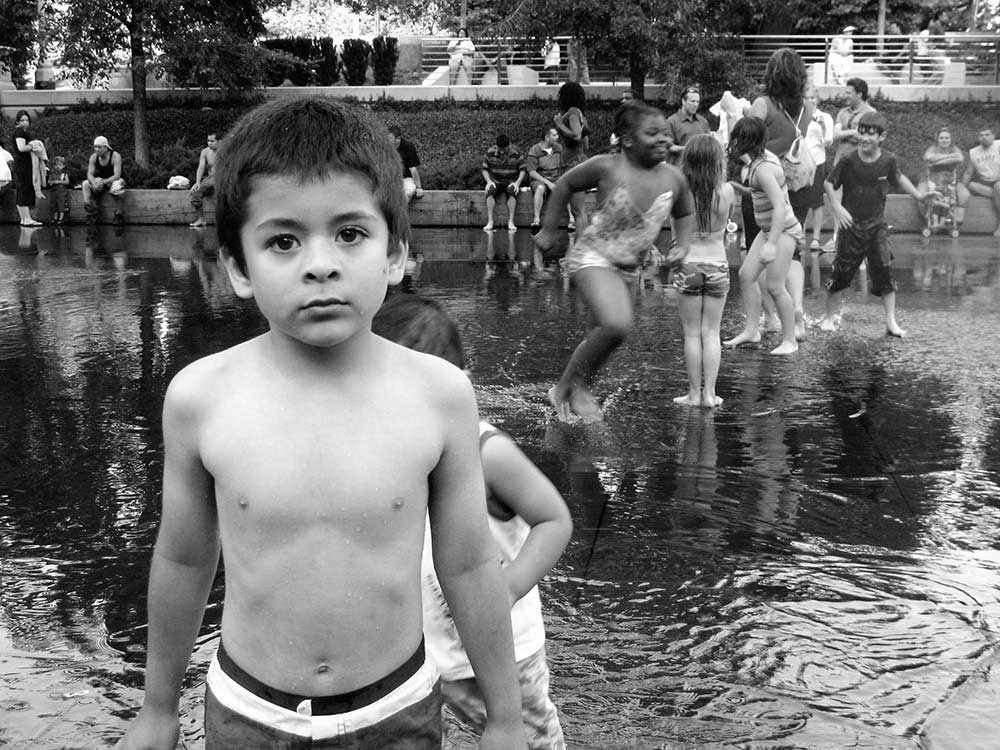
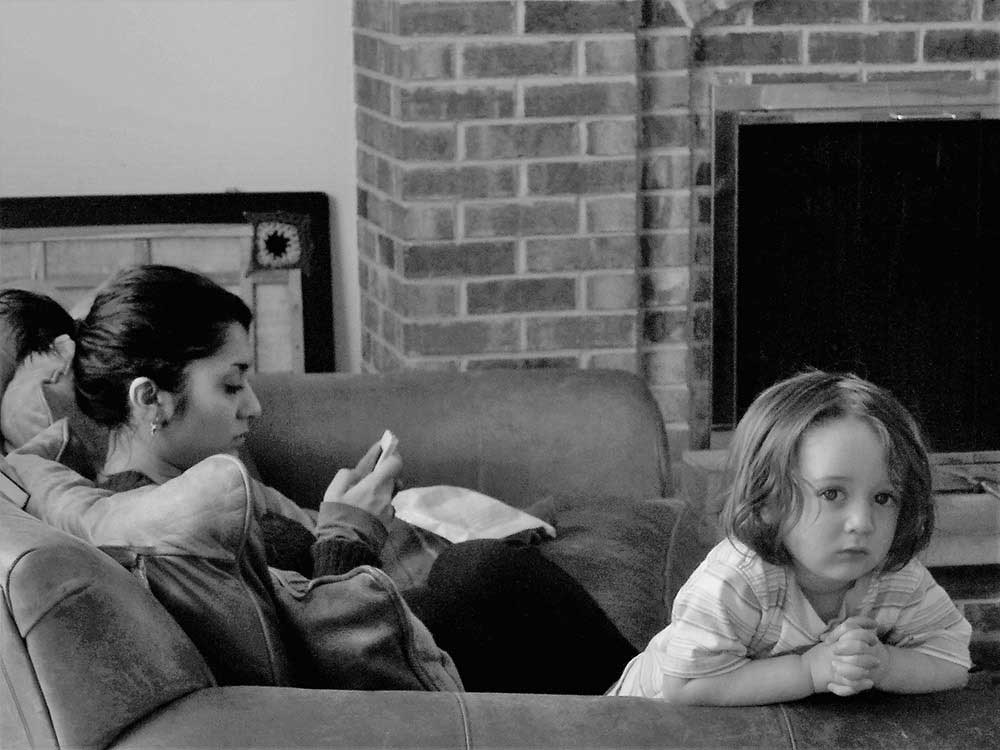
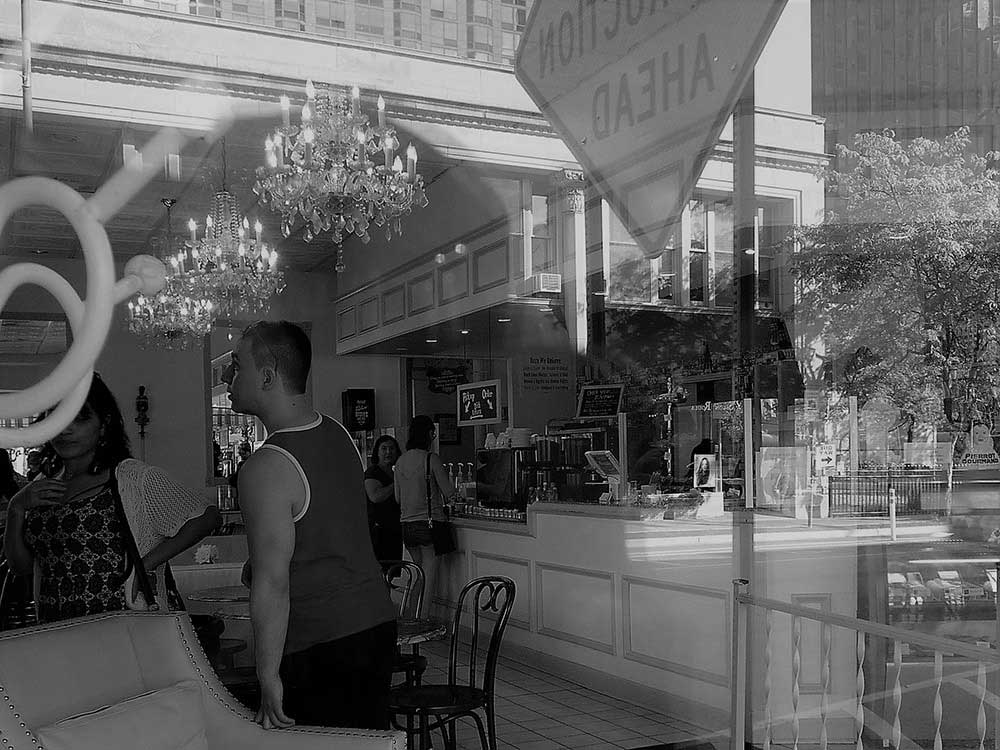
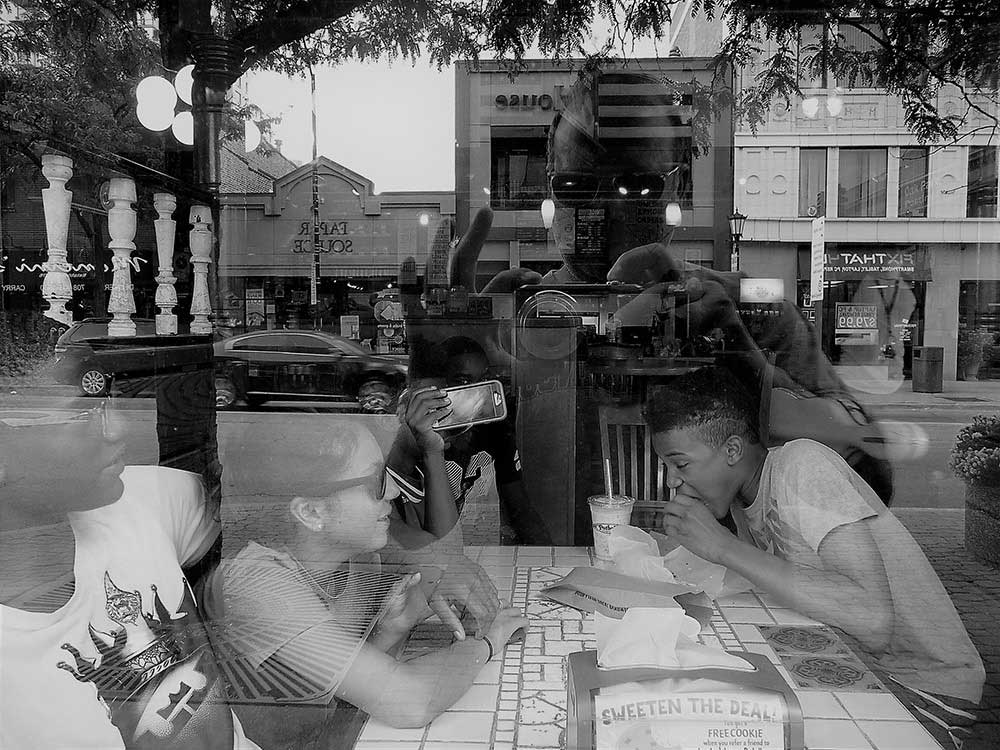
Raju Peddada
Raju Peddada was born in India, and migrated to the United States in 1983. He is the founder and CEO for PEDDADA. COM since 1999, and also a producer/writer for Satyalu+Kristi Media, USA. He is a design provocateur, an originalist in design contemplation, who draws inspiration not from other designers, but from nature, history and literature. He has 22 Design Patents, and was also responsible for several critically acclaimed and sold out products launches to the high end luxury furnishings market. He has been editorially featured in scores of international culture-design magazines as the “Taste-maker,” in Interior Design, Clear, Dwell, Spaces, Domus, Abitare, Interni, Frame, Monitor, Objekt, Chicago, the Chicago Tribune, and Cable news. In addition he also is a freelance journalist, with over a 100 essays-articles- reviews in literary magazines like Swans.com, Bookforum, Spaces, and the NY Times. He is a photographer, who in the summer of 2017, released his exploratory thesis on “The Aesthetics of Ambiguity,” which essentially shifts the aesthetic paradigm, from the stillness aesthetic to that of ambiguity, in sensing the beauty of our movement and condition in the urban setting. Three photographic exhibits are in the offing. He is the author of four small books.






